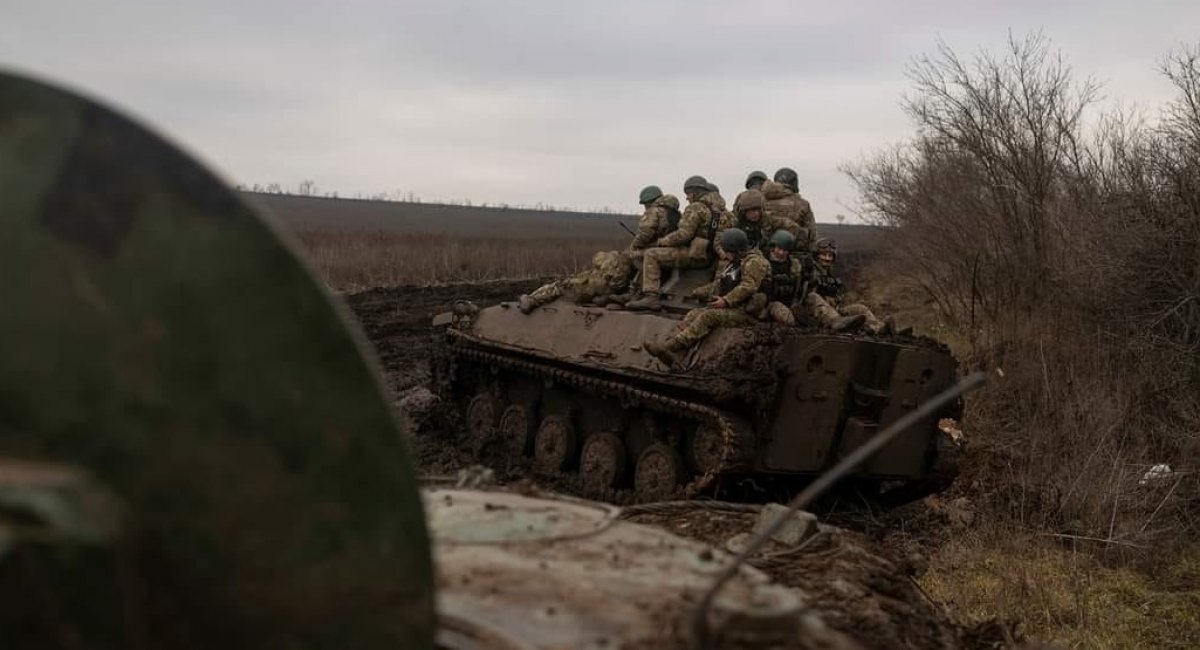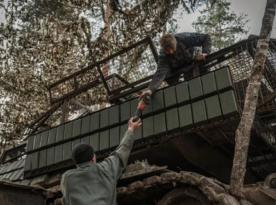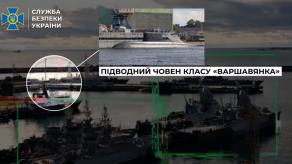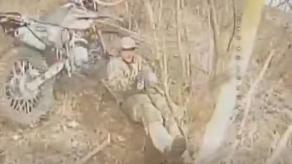Winter of 2022/2023 in Ukraine has been a rollercoaster of temperatures rising and dropping and thus affecting further actions by the Armed Forces of Ukraine. In these conditions, the Ukrainian military needs to have a reliable weather forecast that will allow it to make plans at least a few days ahead.
That is what makes the interview published the other day by the Ukrainian ArmyInform so interesting: the journalists talked to the Head of Hydrometeorological service of the Support Force Command of the AFU, Colonel Rafil Musin.
Read more: How the Winter Will Impact the Ukraine’s War
First of all, we should take note of how the meteorological service in the Armed Forces of Ukraine is organized in general. For example, Ukrainian military meteorologists are closely cooperating with the Ukrainian Hydrometeorological Center which is a department of the State Emergency Service of Ukraine.
They also use data provided by the World Meteorological Organization of the UN and by satellites belonging to Ukraine's allied countries. The Air Force and Navy have their own meteorological services, and the other branches of the Ukrainian military use general forecasts.
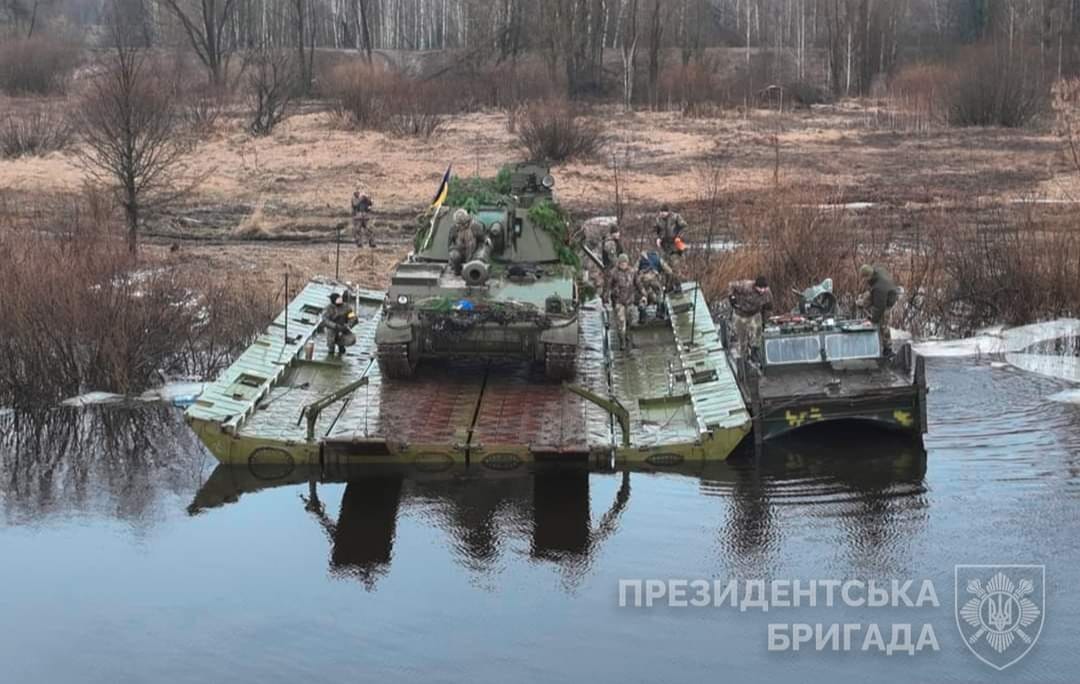
A timely delivery of quality weather data helps the AFU in either defending from russian assaults – like now in Bakhmut city – or launching counterattacks to liberate occupied territories.
In particular, Colonel Rafil Musin said good timing on delivered hydrological data helped establish a reliable crossing over Ingulets river. This, in turn, was one of the factors leading to the successful liberation of Kherson city in November 2022.
Information from military meteorologists is needed even for military logistics. After a thaw, some roads become impassable, so the logistical services rely on their advice and warnings.
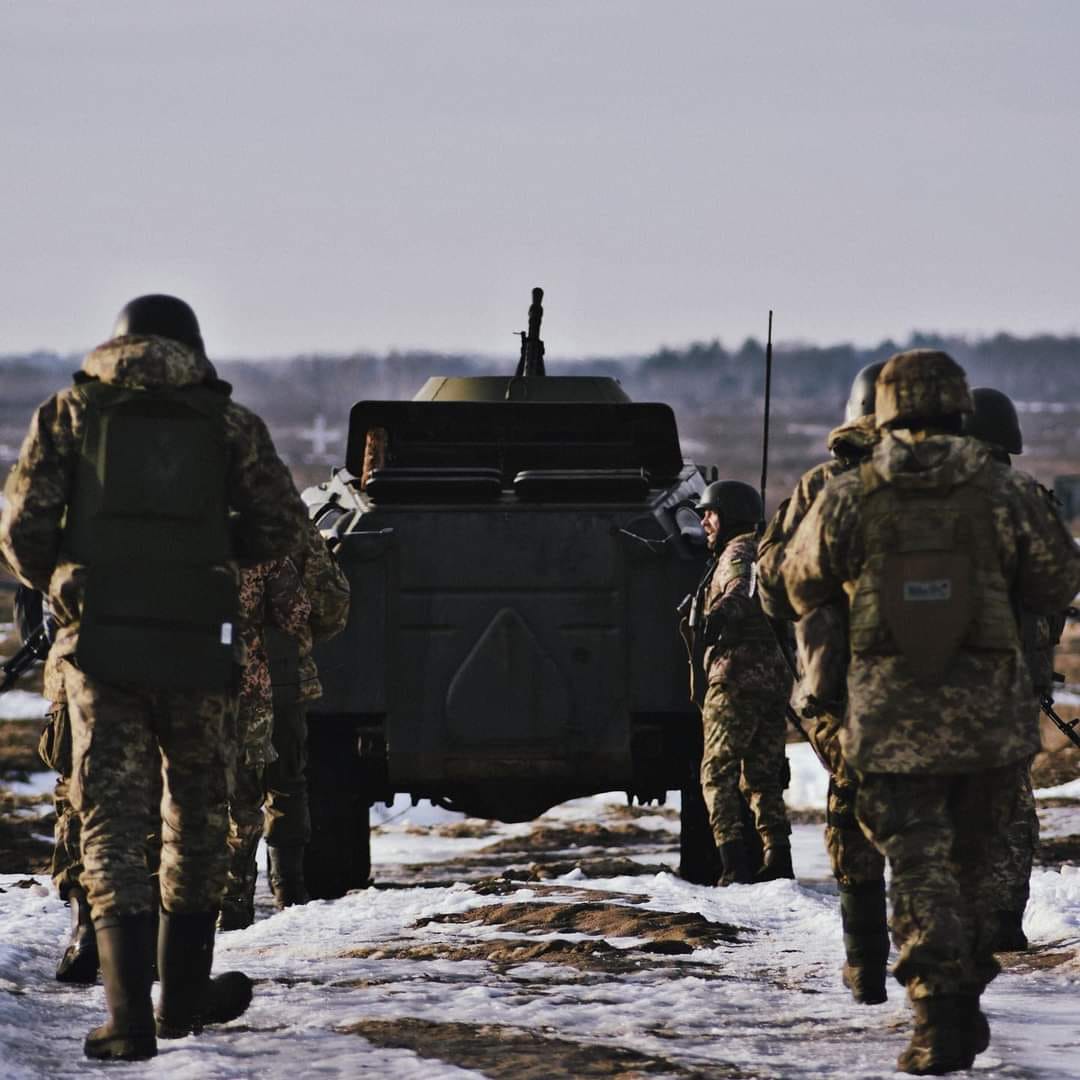
Weather data has to be considered also when one deploys an unmanned aerial vehicle. All types of UAVs operate at various altitudes and have a different operating range. Therefore, in every case a specific recommendation is in order for a certain type of drone. Especially since unmanned aircraft operate in much harsher conditions than "conventional" manned aviation.
Every sortie of a combat aircraft or a warship requires a weather forecast, special meteorological and hydrological information. References about the weather help not only during preparations for counteroffensive activities but for military medics, for example, to make a plan in case the russians use a chemical weapon.
If the roads are nothing but mud, assessment from military meteorologists will help to determine where a russian column will be moving and destroy it.
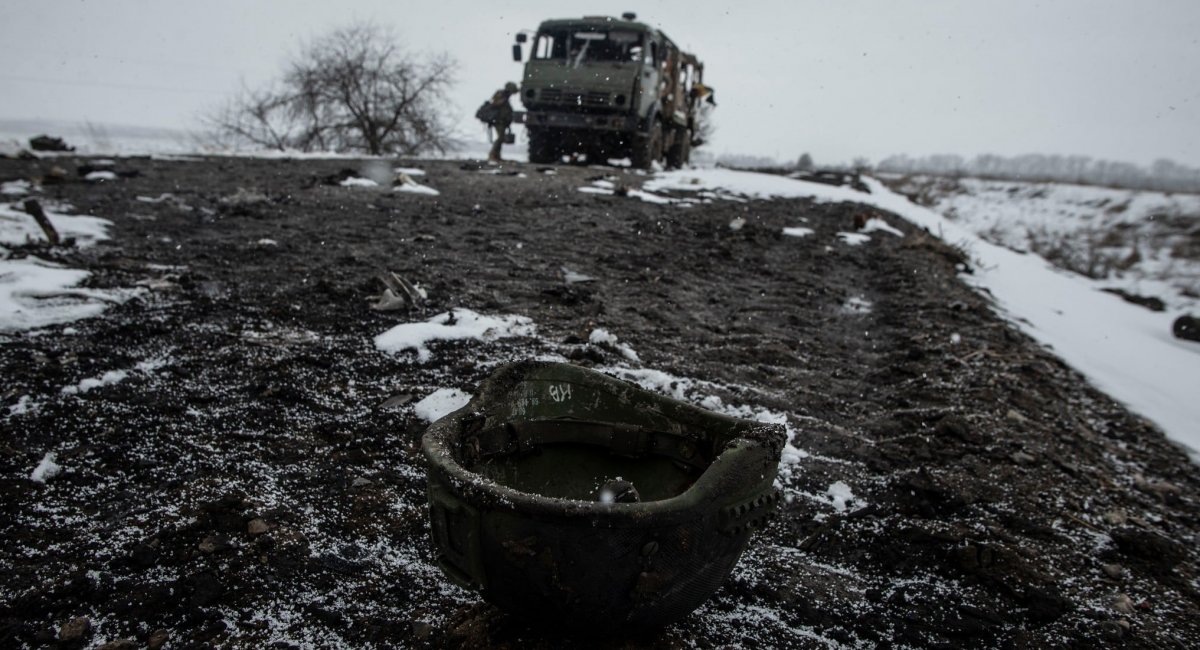
Usually, military meteorologists work like this. On a daily basis, they prepare forecasts for the next day, make adjustments to the previously made two to three-day forecasts and deliver them to their respective headquarters.
At the end of each month, they prepare a climatic breakdown about all border regions, based on many years of monitoring at local meteorological stations there. Other than that, they can provide data on specific districts or cities upon request.
Read more: Russians Build Wagner Line In Luhansk Oblast, Which May Slow Ukraine’s Tanks Down




